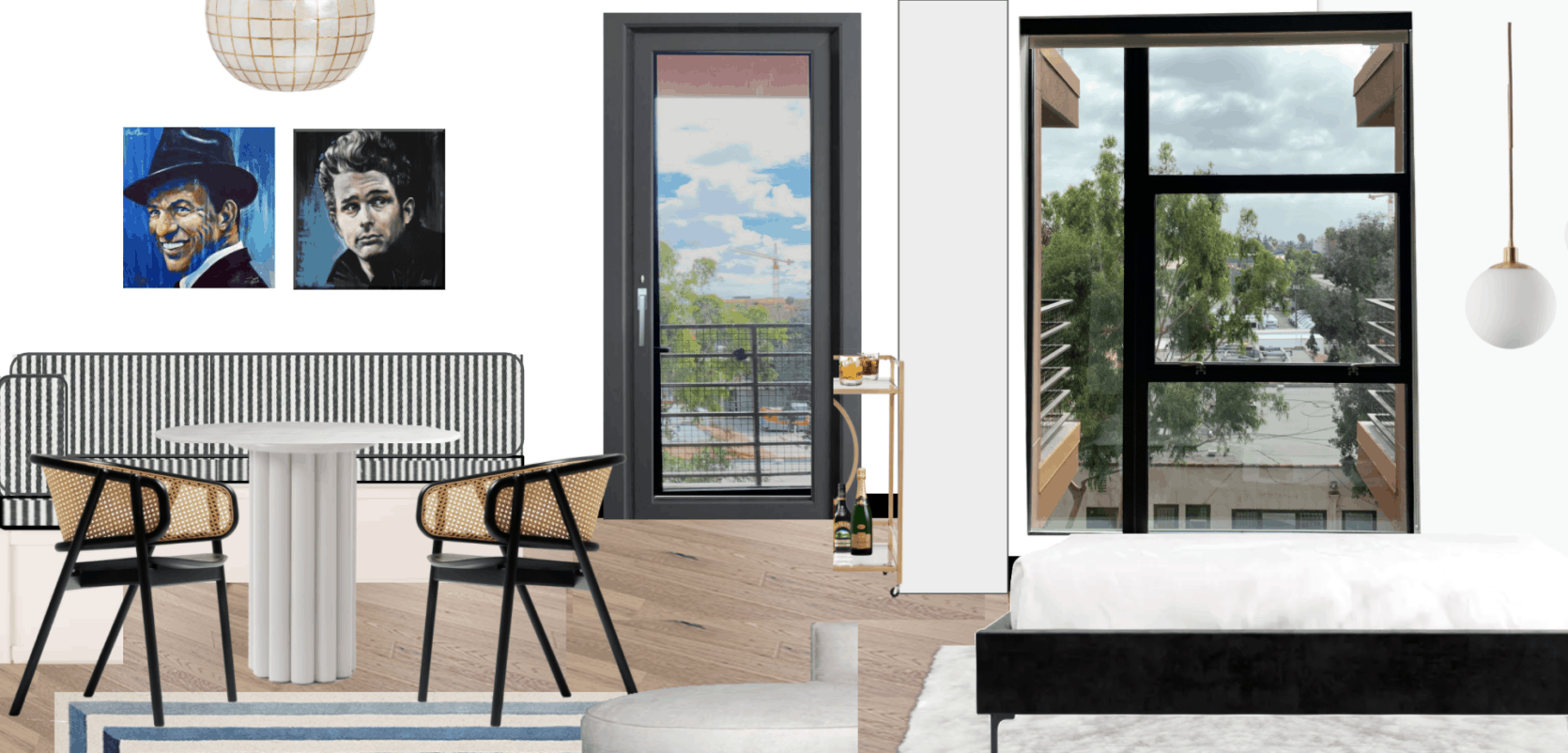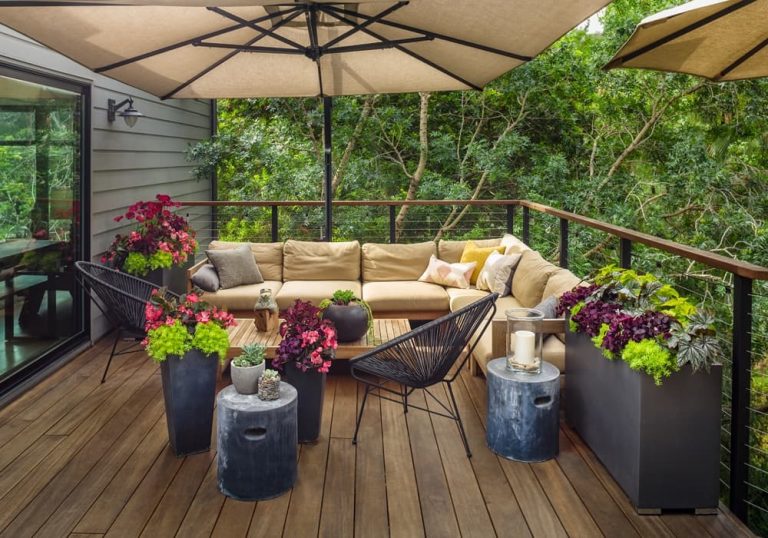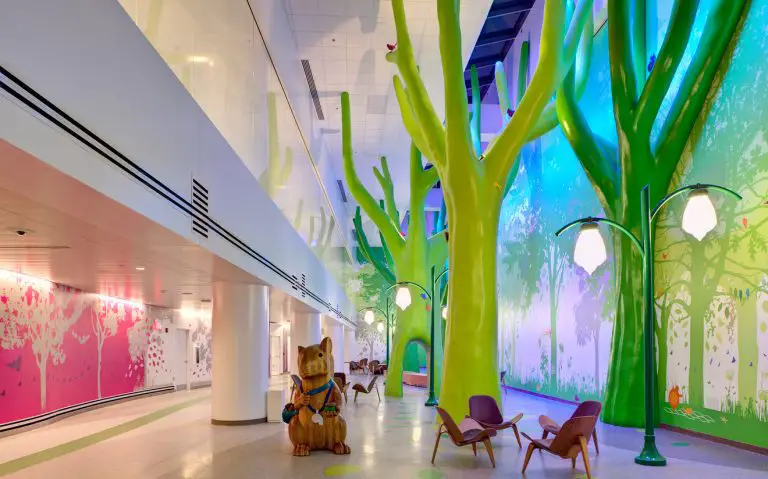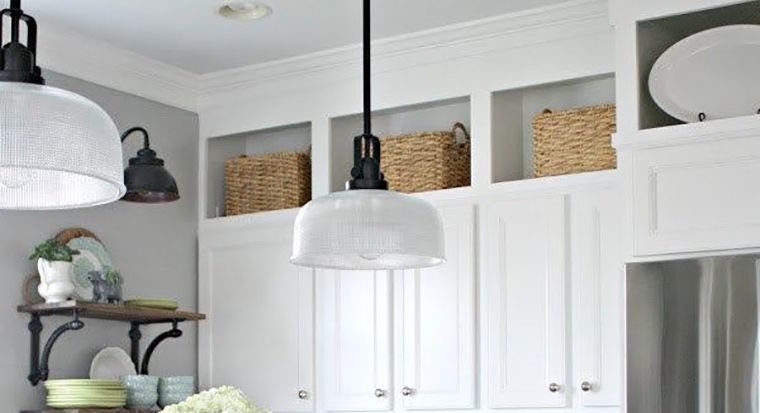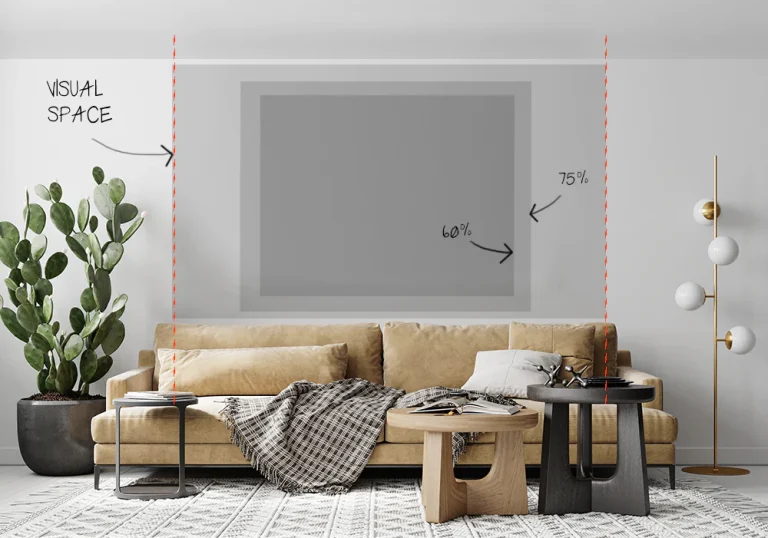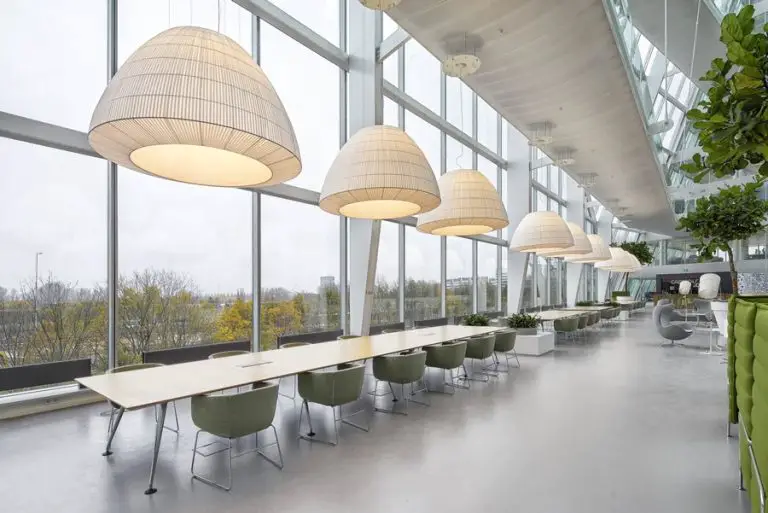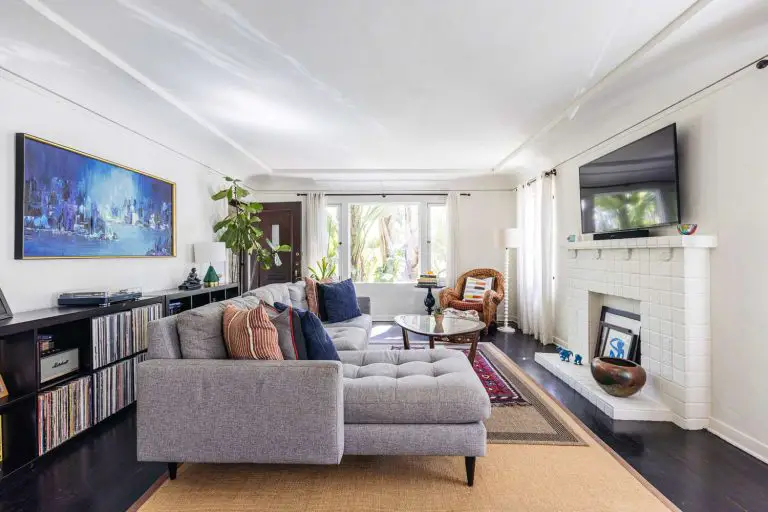How To Create Interior Design Mockups
Creating interior design mockups is a great way to bring your designs to life and give clients a better idea of how your designs will look in their homes or offices. Creating interior design mockups can be a time-consuming process but with the right tools and techniques, you can quickly create realistic interior design mockups. This guide will provide you with the tips and tricks you need to create stunning interior design mockups. You will learn about the different types of mockups, the best software to use, and the essential tips to make your mockups look professional and realistic. With this guide, you’ll be able to create interior design mockups more efficiently and effectively.
Identifying the Purpose of Interior Design Mockups
Interior design mockups serve an important purpose in the design process. They provide a way for interior designers to visualize how a space will look and feel in advance of the actual construction phase. Mockups allow designers to get feedback from clients and make any necessary changes before the project begins. Additionally, mockups can be used to explore different design options, experiment with different materials, and plan out the furniture layout. By using mockups, designers can save time, money, and frustration by having a clearer vision of the end result. Mockups can also be used to create visuals for marketing campaigns and to create a portfolio of past projects. With the right tools and resources, anyone can create their own interior design mockups and bring their design ideas to life.
Gaining an Understanding of Interior Design Principles
Interior design is an art form that requires an in-depth understanding of the principles involved. Mockups are an important tool for interior designers to help them visualize their designs. To create effective and attractive mockups, interior designers should have a solid understanding of the principles of design. This includes elements such as balance, contrast, scale, color, texture, pattern, and rhythm. A knowledge of these concepts enables interior designers to create mockups that accurately represent their vision and come to life in their space.
When creating interior design mockups, designers should also consider the space they are working with. This includes assessing the size of the room, the types of materials available, the existing furniture, lighting, and any other features that can affect the room’s overall look. By understanding the properties of the space and the elements that can be used to create the desired effect, designers can create mockups that accurately reflect their plans.
Finally, interior designers should remember that mockups are not just for aesthetics. They should also consider the practical aspects of their design, such as how the furniture will fit in the space, the amount of natural light, and the movement of people in the room. By taking all of these factors into account, interior designers can create mockups that will be both visually appealing and functional.
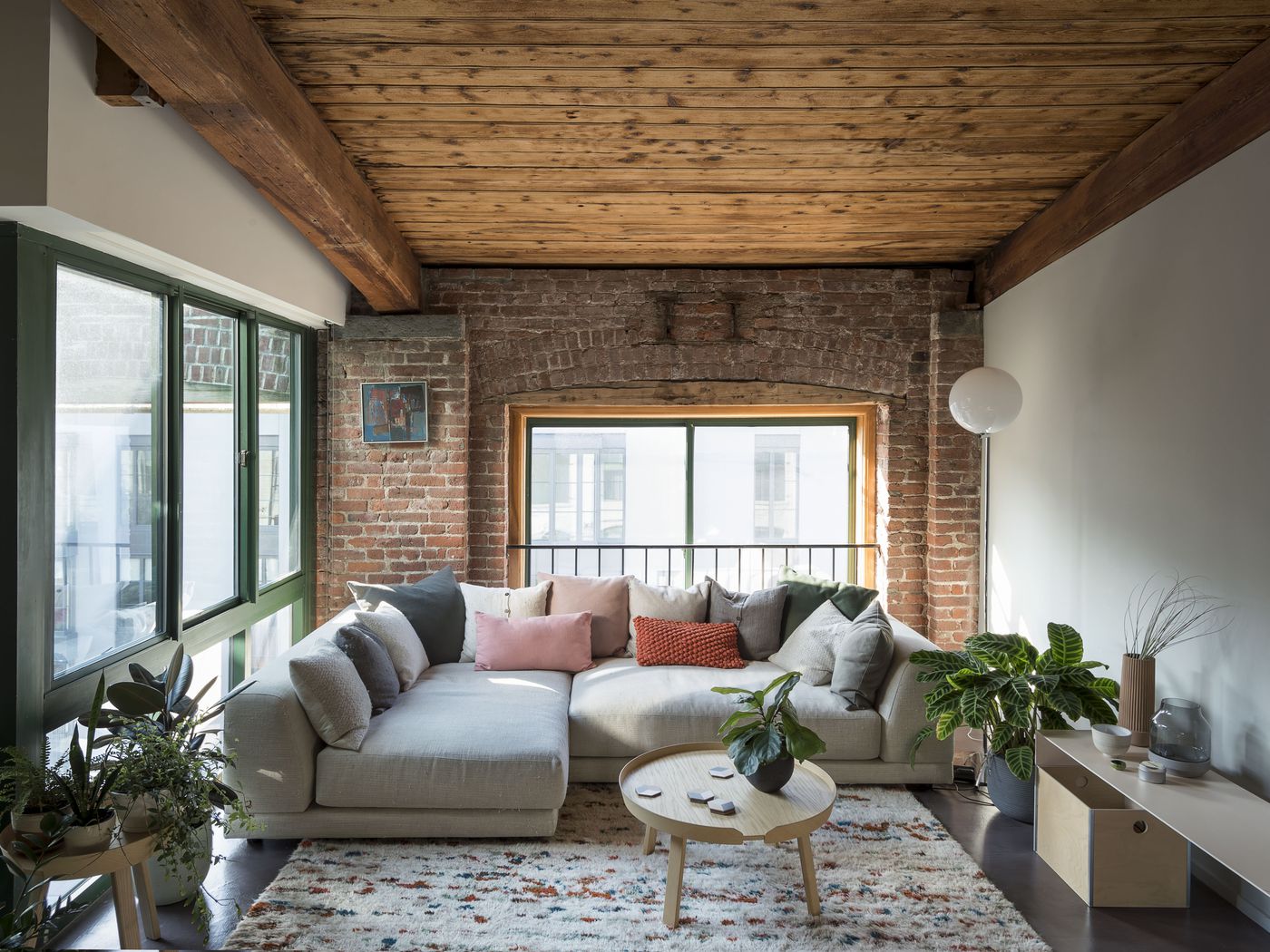
Choosing the Right Software for Interior Design Mockups
The success of any interior design project is all about getting the details right. And in order to do that, you need to have the right tools for the job. When it comes to creating interior design mockups, the choice of software is key. With the increasing popularity of 3D modeling and rendering, there are a plethora of options available to choose from.
From free open-source programs to high-end professional software, the choices can be overwhelming. It’s important to select the right software that meets your needs and budget. To help you decide, here are some of the most popular software for creating interior design mockups.
SketchUp is a user-friendly 3D modeling software that is ideal for creating interior design mockups. It’s intuitive and easy to use, making it perfect for beginners. It also comes with an extensive library of pre-made objects, which makes creating interior designs easy and efficient.
V-Ray is a powerful rendering engine used by professionals for creating photorealistic renderings. It supports a variety of 3D modeling software, including SketchUp, and offers numerous tools and features that allow you to create stunning interior design mockups.
Autodesk 3ds Max is another popular 3D modeling tool used by professionals for creating interior design mockups. It’s feature-rich and offers an array of tools and features that allow you to create highly detailed interior designs.
Blender is a free open-source 3D software that is ideal for creating interior design mockups. It has a variety of tools and features, making it a great choice for those on a budget. It also has a powerful rendering engine, making it perfect for creating realistic renderings.
These are just a few of the popular software for creating interior design mockups. When selecting the right software for your project, it’s important to consider your needs and budget. By doing so, you can ensure that you have the right tools for the job and get the most out of your project.
Putting the Interior Design Elements Together
Creating an interior design mockup is a great way to visualize the layout of a room before committing to a final design. A mockup allows you to experiment with different furniture arrangements, color schemes, and decor items to find the perfect combination for the space. To create an effective interior design mockup, you’ll need to put the elements together in a cohesive way.
Start by selecting your key pieces of furniture and figuring out the best layout for the space. Measure the dimensions of the room and the furniture and draw a basic outline of the space on graph paper. This will help you visualize how the pieces will fit together. Once you have the layout figured out, you can begin selecting the decor items. Choose items that are functional, aesthetically pleasing, and complement the overall theme of the space.
When selecting colors, be sure to take lighting into consideration. Natural light and artificial light can affect the way a color looks in a space, so be sure to test out several options to find the right one. Once you have all the pieces and colors in place, you can experiment with different textures and materials. This will help enhance the overall look and feel of the space.
Creating an interior design mockup takes time and patience, but it’s worth it in the end. With a well-thought-out mockup, you can be sure that all the elements of your design will come together to create a beautiful and functional space.
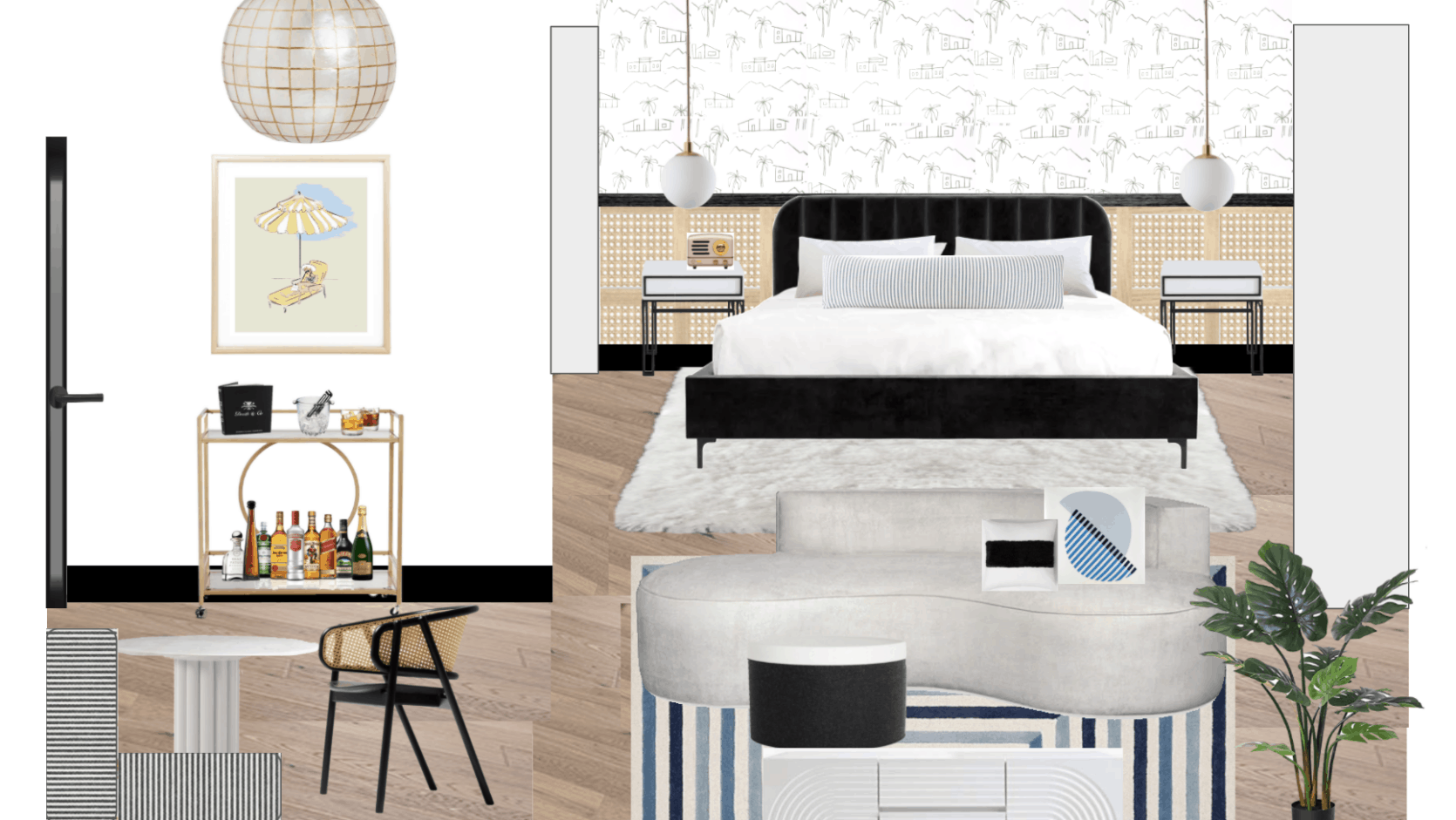
Crafting the Perfect Interior Design Mockup
Creating an interior design mockup is a crucial step for any interior designer. It’s a great way to visualize your design plans and identify potential problems before you start the actual design process. But, creating a mockup can be tricky. In this article, we’ll provide you with all the tips and tricks you need to craft the perfect interior design mockup.
We’ll start by discussing the importance of planning and organization before starting a mockup. We’ll also discuss how to choose the right materials and colors, as well as the best way to use lighting to create a realistic mockup. Finally, we’ll cover the basics of computer-aided design (CAD) and its role in creating a successful mockup.
By following our tips and tricks, you’ll be able to create a perfect interior design mockup that accurately reflects your vision. You’ll be able to identify any issues before you start the actual design process, save time and money, and create a stunning interior design that will be the envy of your peers. So let’s get started and learn how to create the perfect interior design mockup!
Rendering the Interior Design Mockup
Creating an interior design mockup can be a daunting task, especially for those who are new to the field. Rendering the mockup is the most important step of the process, as it is what will bring the design to life. It involves taking the images, plans, and specifications of the design and creating a three-dimensional representation of it. There are several different software programs that can be used to render the mockup, such as Autodesk Revit, SketchUp, and 3ds Max. Each of these programs has its own set of tools that allow for greater control over the design and rendering.
Once the software has been selected, the next step is to create the design. This involves positioning furniture and other objects in the virtual space in the exact same positions as the real-life design. The mockup should also include lighting, textures, and other details that accurately reflect the design. After the design has been created, the rendering process can begin. This involves using the software to apply materials, lighting, and textures to the design in order to create a realistic image. The render can be adjusted until the desired result is achieved.
Creating an interior design mockup requires skill and patience, but it can be done with the right tools and techniques. Rendering the mockup is the most important step, and it can be difficult, but with practice and the right software, it can be done with ease.
Testing and Evaluating the Interior Design Mockup
Creating interior design mockups is an effective way to visualize the design of a space before making any real-world changes. But, once a mockup is created, it’s important to test and evaluate it to ensure that the design is appropriate for the space. Through testing and evaluation, designers can understand how their mockup will translate into a real-world scenario and make any necessary modifications before implementation.
The first step to test and evaluate an interior design mockup is to thoroughly inspect the design. This includes making sure that the layout is in accordance with the measurements of the space, the colors and textures chosen are appropriate, and the design elements are in line with the desired aesthetic. Additionally, designers should take into account any potential safety issues, such as the distance between furniture pieces, to ensure that the design is safe and functional.
The second step is to measure the effectiveness of the design. This can be done by having a focus group review the mockup and provide feedback. Additionally, designers should take into account the feedback of any stakeholders involved, such as the client or building owner. The feedback can then be used to make any changes to the mockup before implementation.
Finally, designers should pay attention to the details of the design mockup. This includes making sure the furniture pieces and accessories are appropriate for the space, as well as that the lighting and ventilation are adequate for the desired effect. Additionally, designers should also consider how the mockup will look in the evening and at night, as this is often a different experience than during the day.
Overall, testing and evaluating interior design mockups is an important step in the design process. By taking the time to carefully review the design, designers can ensure that they are creating a space that is both aesthetically pleasing and functional.
Sharing the Interior Design Mockup
Creating interior design mockups is an essential part of the design process, allowing you to envision the final outcome of your project before it is built. The best way to share your interior design mockups is to create a digital version that can be viewed by clients, colleagues, and other stakeholders. Creating a digital interior design mockup is a great way to quickly and easily show off your design ideas. In this article, we’ll examine the steps for creating an effective interior design mockup and how to share it with your stakeholders.
The first step is to decide which software to use for your mockup. There are many different programs available, but the most popular options are Adobe Photoshop, SketchUp, and Autodesk Revit. Each program has its own features and tools, so it’s important to choose a program that is best suited for your project. Once you’ve chosen the software, you can begin creating the mockup.
The next step is to add the furnishings, finishes, and other details to the mockup. This is where you can get creative and express your design ideas. You can also add lighting and other elements to make the mockup more realistic.
Once you’ve completed the mockup, it’s time to share it. You can share the mockup by email, or you can upload it to a cloud storage service such as Dropbox, Google Drive, or Box. You can also upload the mockup to a website, such as Behance or Dribble, so that others can view and comment on it.
Creating interior design mockups is an essential part of the design process. By following these steps, you can quickly and easily create an effective mockup and share it with your stakeholders. With a little bit of practice, you’ll be able to create stunning interior design mockups that will impress your clients and colleagues.
Conclusion
Creating interior design mockups is an important part of the interior design process. It allows designers to visualize the end result and make adjustments before committing to a design. Mockups are also helpful to give clients a better sense of what the space will look like before it is built. With the proper tools and resources, creating interior design mockups can be a relatively straightforward process. There are a variety of software programs available to help designers create accurate interior design mockups in order to help bring their vision to life.

